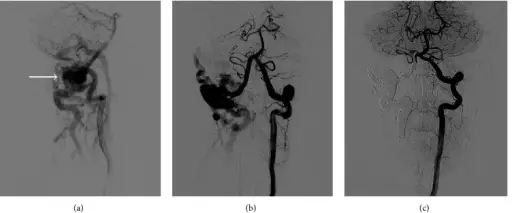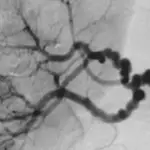Arteriovenous fistulas are abnormal communication between the artery and the vein.
What is the Pathology of Arteriovenous Fistula?
The pathology of arteriovenous fistulas is:
-Etiology: The cause of arteriovenous fistulas is an injury where the two blood vessels are close to each other, can be congenital or rupture of aneurysms.
-Genes involved: Unknown.
-Pathogenesis: The sequence of events that lead to arteriovenous fistula is when there is a condition or injury that causes a tear of either of the blood vessels that are close to each other and when healing begins, a connection between the two is created, causing blood to mix.
-Morphology: The morphology associated with arteriovenous fistulas shows a complete connection between the vein and the artery, and blood flows directly from the artery to the vein.
-Histology: Arterial and venous tissue.
How does Arteriovenous Fistula Present?
Patients with arteriovenous fistula typically are female at the age range from birth to adulthood. The symptoms, features, and clinical findings associated with an arteriovenous fistula include swelling of the part of the body with the affected vessels, low blood pressure, fatigue, heart failure, bulging veins, and a purplish color is noted.
How is Arteriovenous Fistula Diagnosed?
Arteriovenous fistula is diagnosed by physical examination, history taking, auscultation to hear any humming sound of the vessels, duplex ultrasound, CT scan, and MRI.
How is Arteriovenous Fistula Treated?
An arteriovenous fistula is treated by catheter embolization, ultrasound-guided compression, or surgery depending on the size and location of the fistula.
What is the Prognosis of Arteriovenous Fistula?
The prognosis of the arteriovenous fistula is good since it has a low mortality rate and with appropriate treatment.



